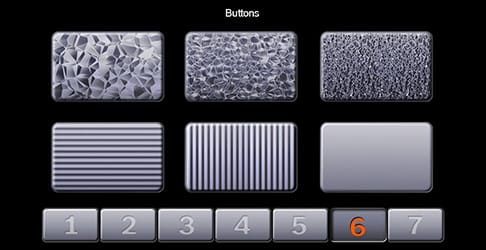Haptic feedback displays in 2017

Haptic feedback is one of the most interesting aspects of modern technology. Though it is not often that you will hear people speak about it, haptic technology and haptic feedback displays in particular have never been more relevant than today. Technology’s applications in real life situations continue to increase along with advancements in related fields.
Virtual reality, for instance, has been heralded as the next big thing in various industries including video gaming, film, and social. One of its challenges, however, is tuning people into the virtual experience. As we become more familiar with the concept of immersive 360 videos, additional inputs will also be required to complete the experience. The Oculus Touch, the controllers for the eponymous VR headset, change the way you use the Rift completely yet they are considered as an extra (and expensive) accessory.
On a similar note, haptic feedback displays can be considered as a vital part of certain technological systems. Imagine, if you will, the vehicles of the next generation. In-car displays are already in a sort of revolutionary phase with a multitude of companies vying for attention. One of the problems with the tech industry these days, however, is that it often attempts to fine-tune existing applications or force old technology into new uses.
As we have to use technology in our cars more and more, we need to think about those interactions. Turning your attention to an in-car display is reckless and dangerous. Instead of forcing physical buttons everywhere or adding more bells and whistles to the in-car systems, we could be thinking about haptic feedback displays. These could replace physical buttons entirely and make such systems much safer to use.
For instance, we have already seen a couple of great examples from two companies. Early in 2016, Bosch’s Neosense made the rounds at CES. The demoed display worked great as a prototype but Bosch expected others to dip into the technology. Some spoke about interactions with car manufacturers and other OEMs but nothing came out of it in the end.
Now, Tanvas introduced another haptic feedback display at this year’s CES. The display works much in the same way as every other haptic feedback display we have seen in the past. However, the startup is aiming at everyday usage with its technology. One use, for instance, would be shopping for different kinds of fabric or feeling a new couch before you buy it. These nuanced uses, however, would require several improvements in the technology. With that said, the greatest thing about the Tanvas is that it can actually be applied on top of any existing display, including phones and tablets.
Haptic feedback displays are present in every single CES. They have also consistently been a type of device that rarely sees the light of day afterwards. My hope for 2017 is that OEMs will come to appreciate what haptic feedback displays have to offer because, as we have seen here, their applications are truly interesting.



